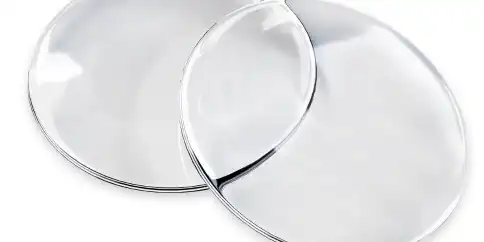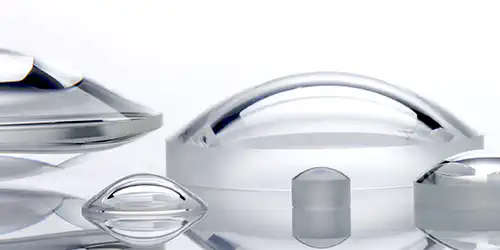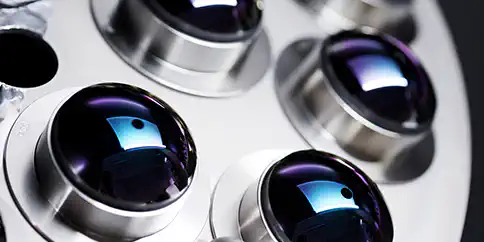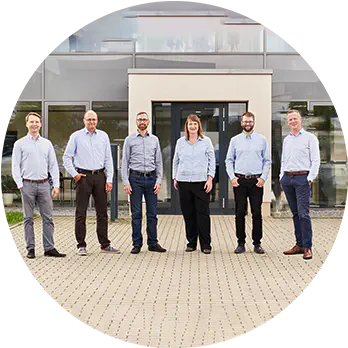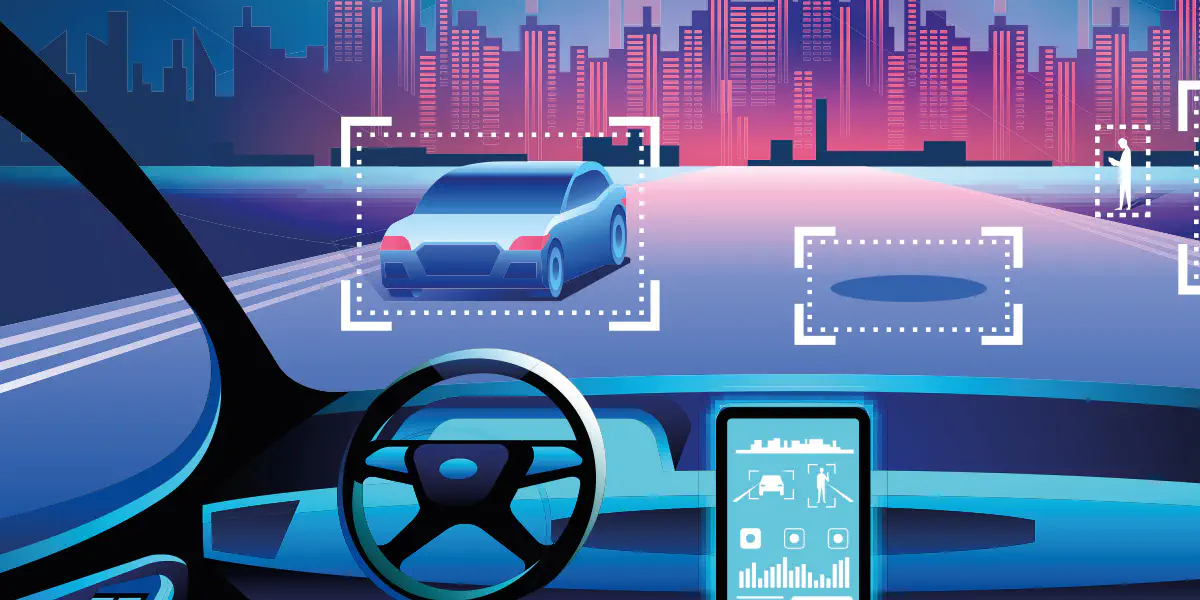
Night Driving Systems
Thermal imaging cameras and infrared headlights for difficult visibility conditions
Night driving systems are a specific driving assistance system for modern vehicles. A night vision system installed in the vehicle enables the driver to avoid potential accident situations at night or bad weather conditions. Common systems of this type can detect and interpret the vehicle’s environment. They can not only provide complex signal processing but can also consider the driver’s condition/desire or intervene directly in the driver-vehicle system. They support the driver, but do not relieve him of his responsibility. Night driving systems can be realized by so-called thermal imaging camera systems, consisting of:
- A Lens
- A Detector
- The Built-in Electronics
- A Display
Functional principle of night driving systems
Thermal imaging cameras realize the visualization of infrared rays, which enables living beings and objects to be recognized in good time and sensitive road surfaces to be better assessed. Infrared rays are emitted by any body with a temperature higher than 0 Kelvin (-273.15 ⁰). The infrared rays are detected and converted into an image by means of electrical impulses. This image appears on the black and white display built into the cockpit. With the help of a night vision system, road safety can be increased in difficult visibility conditions.
Optics for active and passive night vision systems
A distinction is made between active and passive night vision systems. Active night vision systems have additional infrared headlights in addition to the thermal imaging camera. The infrared headlamps emit infrared light, invisible to the human eye, permanently into the distance. The benefit: The reflected rays make both warm and cold bodies, such as stones on the roadway, more visible on the black-and-white display. Passive night vision systems do not use infrared headlights, only the thermal imaging camera. The advantage of this method is, warm bodies stand out more from the cold environment on the display. Game passes or people at the edge of the road may sting the driver’s eye more quickly.
Temperature-resistant and durable, asphericon optics can be used for all wavelength ranges. We can meet individual requirements with optics specially developed for your application and with high-quality coatings.
